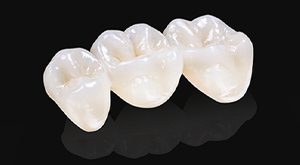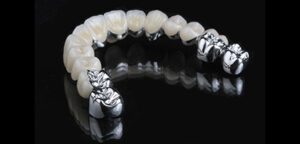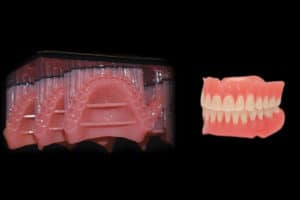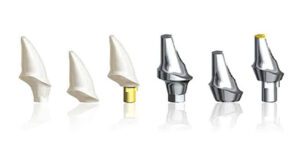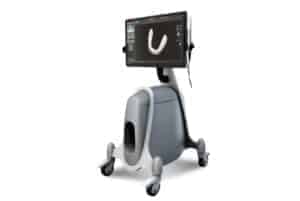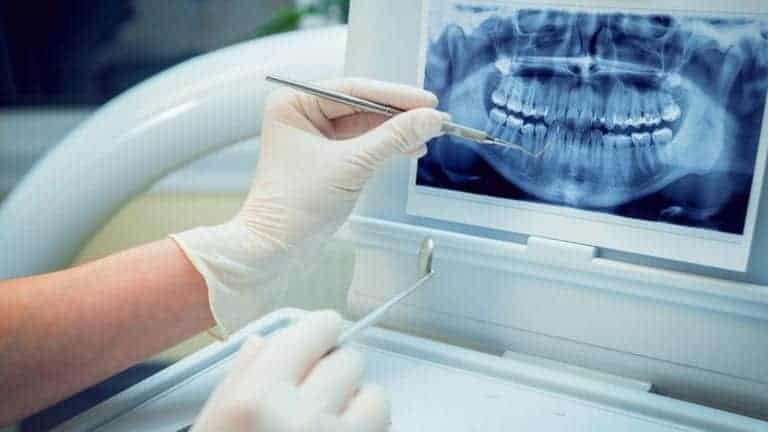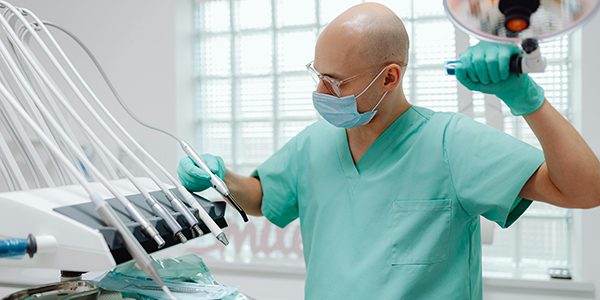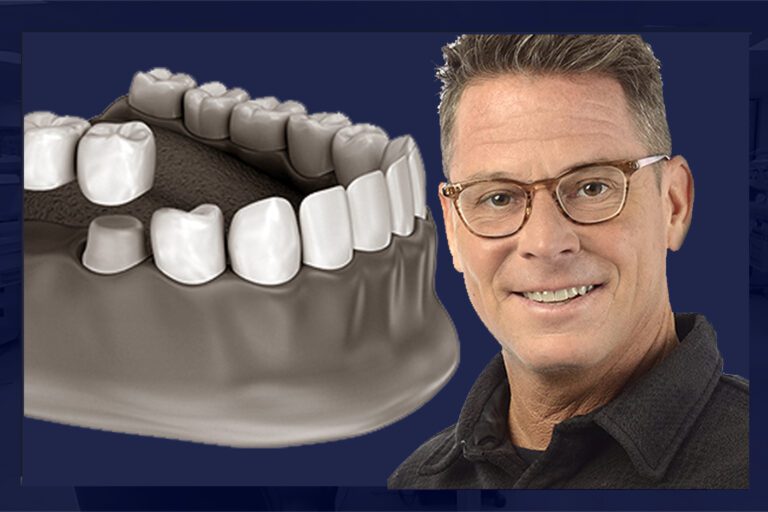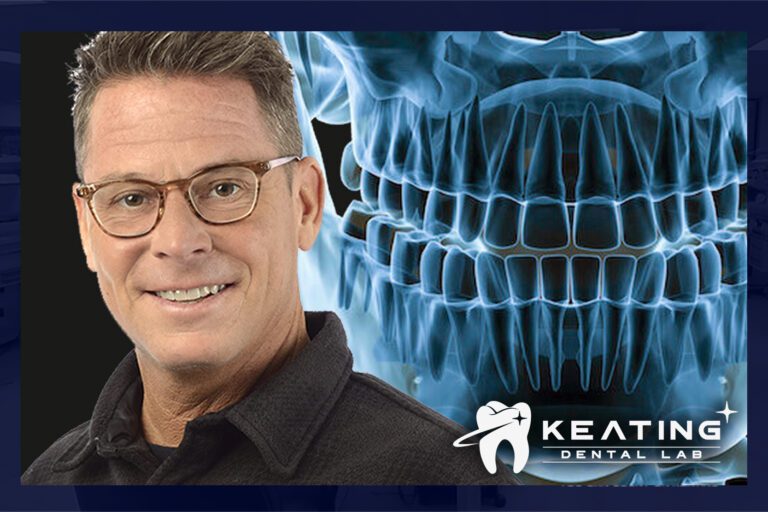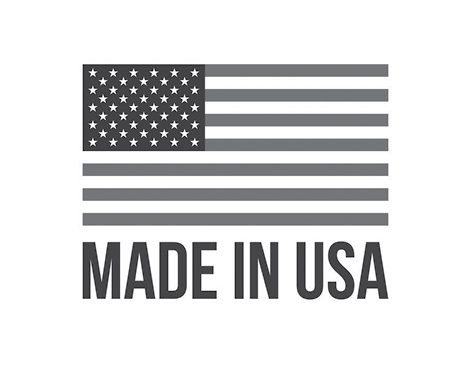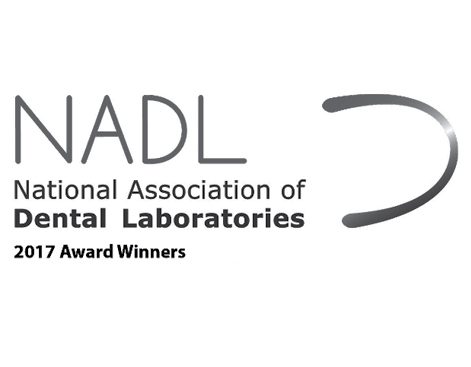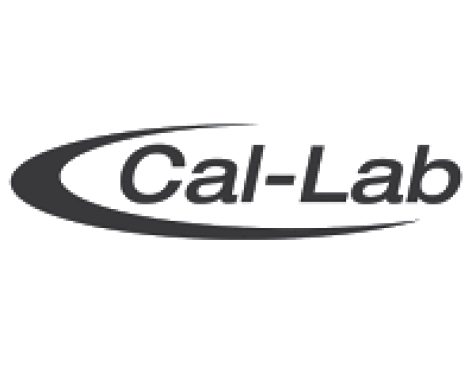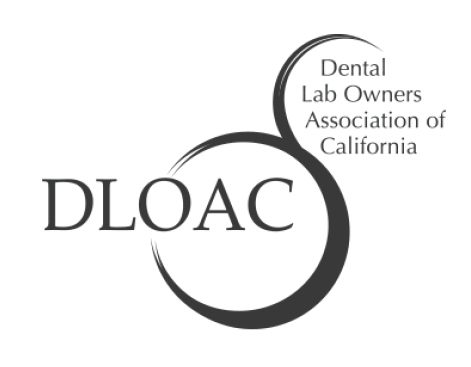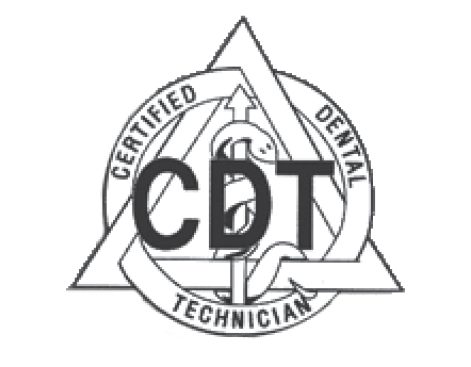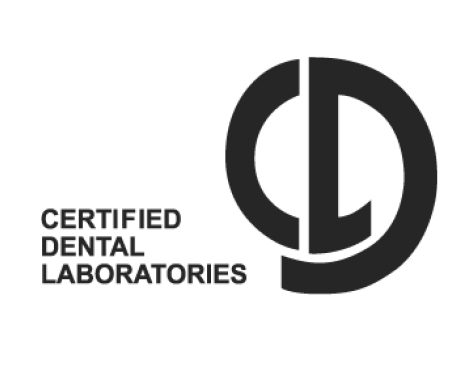In the past decade, digital dentistry has taken the dental industry by storm! Advances in science, technology, and biomaterials have convinced many dental practices and labs to integrate new technologies into their business and maximize treatment options. Cosmetic Dental Technology is now incorporating modern techniques to help create the most beautiful smile possible for your clients.
Embracing the Future: The Revolution of New Technology in Dentistry
In the ever-evolving world of healthcare, dentistry has not remained behind. The past decade, especially, has witnessed a remarkable transformation, as digital dentistry has propelled the dental industry into a future where precision, efficiency, and patient satisfaction are paramount. At the heart of this revolution are advances in science, technology, and biomaterials, which have paved the way for dental practices and labs, including those as forward-thinking as Keating Dental Lab, a leading California dental lab, to harness new technologies and maximize treatment options.
The Influence of Cosmetic Dental Technology
Cosmetic dental technology has undergone significant changes, incorporating modern techniques to create the most aesthetically pleasing smiles. Today, patients desire more than just functional dental care; they seek beauty and perfection in their smiles, which is now achievable thanks to advancements in dental technology. From veneers to aesthetic dentures and crowns, the goal is not only to restore function but also to ensure the end results are visually appealing.
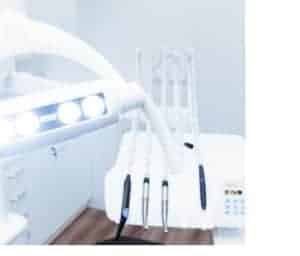
The Impact of Modern Dentistry and Digital Dentistry
Modern dentistry, with its array of new technology in dentistry, offers myriad solutions for those wary of dental care. By providing a variety of treatments, dentists can determine the best method for each specific case, significantly improving the patient experience. Techniques such as same day crowns, less invasive dental procedures, and dental implants technology have revolutionized the way dental care is provided, making treatments more convenient, effective, and efficient.
Digital dentistry, in particular, plays a crucial role in this transformation. It encompasses everything from digital imaging and 3D printing to computer-aided design (CAD) and computer-aided manufacturing (CAM), streamlining dental lab services and allowing for more precise and faster production of removables, implants, and other dental appliances.
Same Day Crowns
One of the standout innovations in dental technology advancements is the advent of same day crowns. Traditionally, receiving a dental crown involved multiple visits, but with modern CAD/CAM technology, patients can now have their crowns designed, created, and fitted in a single appointment, enhancing both convenience and satisfaction.
Less Invasive Dental Procedures
Modern dentistry also emphasizes less invasive procedures, which not only reduce patient discomfort but also speed up recovery times. Techniques such as laser dentistry and minimally invasive tooth extraction methods have transformed dental surgery, making it a less daunting experience for patients.
Dental Implants Technology
The technology surrounding dental implants has also advanced. The use of imaging technologies for precise implant placement and the development of materials that better integrate with the human body have significantly increased the success rate of dental implants, making them a preferred option for tooth replacement.
You may also like to read: Importance Of Continuing Education In Dentistry – Keating Dental Lab
Dental Surgery Advancements and X-Point Technology
Dental surgery has greatly benefited from these advancements, becoming more effective and much less invasive. This results in less pain for patients and less stress for the practitioners. A shining example of embracing new technology is Dr. Angela Ruff, DDS, a long-term client of Keating Dental Lab. She uses X-point technology, specifically the X-GuideTM system, allowing for precise, real-time control during dental implant procedures. This technology exemplifies how dental surgery and implant installation have been transformed, offering increased success rates and enhanced patient outcomes.
Dr. Angela Ruff, DDS is one of Keating Dental Lab’s long-term clients and recent Dental up podcast guest, she is a prime example of a dentist that has fully embraced new technology into her practice. Ruff is using X-point technology which makes it easy to look at the screen and concentrate on one dynamic focus point allowing for precise guiding of the surgical implant. The X-GuideTM system allows for the dentist to visualize the placement of virtual teeth for better aesthetic planning, and in surgery, you’re able to control real-time movements of the drill and implant installation with meticulous placement.
Embracing new technology can cut down the number of tools used during a procedure, decrease the amount of chair time for the patient, and increase the amount of success during an operation like installing a dental implant for example. Currently, there is a lot of new machinery and technology that is just waiting to be taken advantage of, but the first dentist must be ready to embrace change and growth. Dental Practices should not be afraid to incorporate new technology, it is there to make the work run more efficiently and improve the overall performance.
The Role of High-Quality Dental Practices and Labs
For these advancements to truly make a difference, they must be adopted by high-quality dental practices and labs. Keating Dental Lab, a premier California dental lab, is a prime example of an establishment that has embraced these changes. By incorporating modern techniques and technologies into their practice, they have set a benchmark for excellence in dental lab services, whether it’s for removables, implants, or other dental products.
Dental practices must not fear incorporating new technology; it is there to streamline workflows, enhance efficiency, and ultimately improve patient care and outcomes. As the dental industry continues to evolve with these technological advancements, it’s crucial for practices and labs alike to stay ahead of the curve, ensuring they offer the best possible service to their clients.
Final Thoughts
The dental industry’s landscape is changing rapidly, driven by significant advancements in dental technology. From cosmetic dental technology to the innovations in dental implants and surgery procedures, these changes are setting new standards in patient care. Keating Dental Lab stands at the forefront of this revolution, pioneering new technologies and methods to ensure the highest quality dental lab services. By fostering a culture of innovation and quality, Keating Dental Lab is not just adapting to the future of dentistry—they are helping to shape it.

